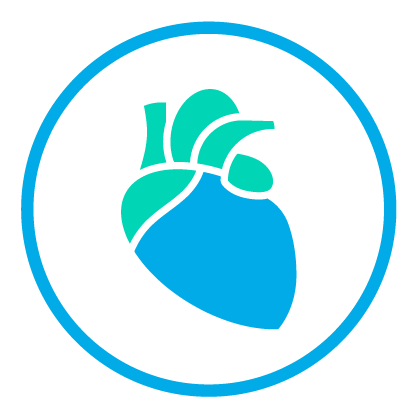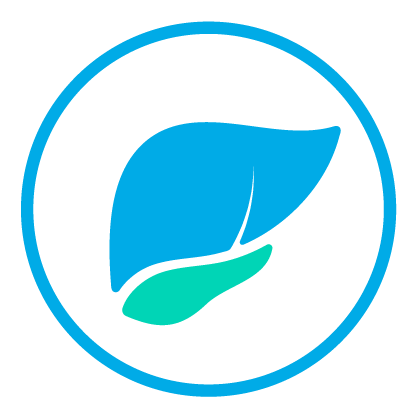National Alcohol Screening Day (NASD)
National Alcohol Screening Day (NASD)
Today is National Alcohol Screening Day (NASD) which has been observed the first Thursday in April since 1999. This initiative was originally launched by the National Institutes of Health, as a resource to provide anonymous and confidential online or in-person screenings at NASD events.
Alcohol continues to be the most used and accepted addictive substance in the United States. NASD serves as an important public health awareness opportunity to raise awareness about the harmful effects of alcohol abuse and alcohol dependency.
Alcohol Use Statistics:
- 25.8% of people aged 18 and older report binge drinking in the past 30 days
- Every day 261 people die because of excessive alcohol use
- Alcohol accounted for 95,000 deaths over the last year (shortening lives by an average of 29 years)
- Collectively, Americans lose over 2.7 million years of potential life due to excessive drinking
- Worldwide, up to 3.3 million people die every year because of alcohol abuse
- Alcohol use is responsible for $249 billion economic loss ($28 billion healthcare, $179 billion in lost workplace productivity, $13 million in collisions, and $25 billion in criminal justice)
Over the past two years, we have seen a change in alcohol use during the COVID-19 pandemic. During initial lockdowns (in March 2020), we saw online liquor sales rise 262%. Overall, liquor sales increased 54% during that same timeframe. In April 2020, alcohol sales were up 234%. According to a survey by John Hopkins, 60.1% of people reported drinking more alcohol after March 1, 2020. The primary reason people reported drinking was due to stress, with 45.7%. Other reasons included availability (34.4%) and boredom (30.1%).
Initial Lockdown: March & April 2020
John Hopkins: Reasons for Increased Drinking
Today, it’s also important to raise awareness about the impact of alcohol on long-term health outcomes. Alcohol’s toll on the body is significant. Whether drinking too much over time or drinking too much on a single occasion – alcohol directly impacts the brain, heart, liver, and pancreas.
 Alcohol impacts the brain’s communication pathways and can change mood and behavior – making it more difficult to think clearly.
Alcohol impacts the brain’s communication pathways and can change mood and behavior – making it more difficult to think clearly.

Drinking can impact the heart by causing high blood pressure, irregular heartbeat, cardiomyopathy, and stroke.
 Liver problems, including fatty liver, alcoholic hepatitis, fibrosis, and cirrhosis. When drinking, alcohol causes the pancreas to produce toxic substances that can eventually lead to pancreatitis ( swelling and inflammation of the blood vessels in the pancreas which inhibits digestion).
Liver problems, including fatty liver, alcoholic hepatitis, fibrosis, and cirrhosis. When drinking, alcohol causes the pancreas to produce toxic substances that can eventually lead to pancreatitis ( swelling and inflammation of the blood vessels in the pancreas which inhibits digestion).
Alcohol is one of the leading risk factors for chronic disease (i.e., heart disease, cancer, stroke, liver disease, and high blood pressure). Six in ten adults in the United States have a chronic disease and four in 10 adults have two or more chronic diseases. Chronic disease is the leading cause of death and disability in the United States, and account for $3.8 trillion in annual healthcare costs.
Here are 3 Ways You Can Observe National Alcohol Screening Day:
1. Utilize Screening, Brief Intervention, and Referral to Treatment (SBIRT)
Today is about screening and ensuring that we have the tools necessary to quickly screen and access substance use disorders.
SBIRT is an extremely useful tool for healthcare and behavioral health providers for a variety of populations, such as college and university students, adolescents, employees in employee assistance programs, people in mental health disorder treatment programs, Hispanic/Latino populations, active military and veterans, and women during pregnancy.
Learn more about the basics of SBIRT in our blog post, Back To Basics: The 3 Fundamentals That Everyone Always Forgets About SBIRT.
2. Assess your own alcohol habits
AlcoholScreening.org helps individuals assess their own alcohol drinking patterns to determine if it is likely to be harming their health or increasing their risk for future harm. Through education and referral, the site urges those whose drinking is harmful or hazardous to take positive action and informs all adults who consume alcohol about guidelines and caveats for lower-risk drinking. By answering a few questions, AlcoholScreening.org can offer you information about safe guidelines for drinking and your currently level of risk for potential harm to your health and well-being.
3. Reach out to someone you know who you are concerned about.
If you have a friend or family member who’ve you notice a change in their drinking habits. Reach out and check in with them. Brown University has outlined some helpful ways to think about how to communicate with a friend about their alcohol use.
Some helpful tips from how to talk with a friend (Brown, n.d.):
- Talk to your friend when they are sober.
- Restrict your comments to what you feel and what you have experienced of your friend’s behavior.
- Share what negative consequences you’ve noticed from your friends drinking.
- Identify and share the sober behaviors you like and drinking behaviors you dislike.
- Distinguish the difference between the person and the behavior.
- Encourage your friend to connect with a professional to talk about their alcohol or substance use.
Resources:
Your Turn: Have you seen a difference in alcohol use among clients over the past two years? If so, in what ways?
Additional resources may be found on the CASAT OnDemand Resources & Downloads page.
This article was developed by Heather Haslem, M.S. Feel free to use, link to, or distribute this information. A link to our site and attribution would be much appreciated.
References:
Brown University. (n.d.). How to Talk to a Friend about Drinking or Drug Use | Health Promotion. B Well Health Promotion. Retrieved April 7, 2022, from https://www.brown.edu/campus-life/health/services/promotion/alcohol-other-drugs-accessing-care/how-talk-friend-about-drinking-or-drug-use
CDC. (2019, December 30). The cost of excessive alcohol use. Centers for Disease Control and Prevention. Retrieved April 7, 2022, from https://www.cdc.gov/alcohol/onlinemedia/infographics/cost-excessive-alcohol-use.html
CDC. (2021, November 23). Excessive alcohol use. Centers for Disease Control and Prevention. Retrieved April 7, 2022, from https://www.cdc.gov/chronicdisease/resources/publications/factsheets/alcohol.htm
NCDAS. (2022, April 6). Alcohol abuse statistics [2022]: National + state data. National Center for Drug Abuse Statistics. Retrieved April 7, 2022, from https://drugabusestatistics.org/alcohol-abuse-statistics/
SAMHSA. (n.d.). Screening, brief intervention, and referral to treatment (SBIRT). Substance Abuse and Mental Health Service Administration . Retrieved April 7, 2022, from https://www.samhsa.gov/sbirt
U.S. Department of Health and Human Services. (n.d.). Alcohol’s effects on the body. National Institute on Alcohol Abuse and Alcoholism. Retrieved April 7, 2022, from https://www.niaaa.nih.gov/alcohols-effects-health/alcohols-effects-body
Blog Post Tags:
Related Blog Posts
Related Learning Labs
Related Resources
.
- Buscar Tratamiento de Calidad para Trastornos de uso de Sustancia (Finding Quality Treatment for Substance Use Disorders Spanish Version)
- Finding Quality Treatment for Substance Use Disorders
- Focus On Prevention: Strategies and Programs to Prevent Substance Use
- Monthly Variation in Substance Use Initiation Among Full-Time College Students
- The National Survey on Drug Use and Health (NSDUH) Report: Monthly Variation in Substance Use Initiation Among Adolescents








